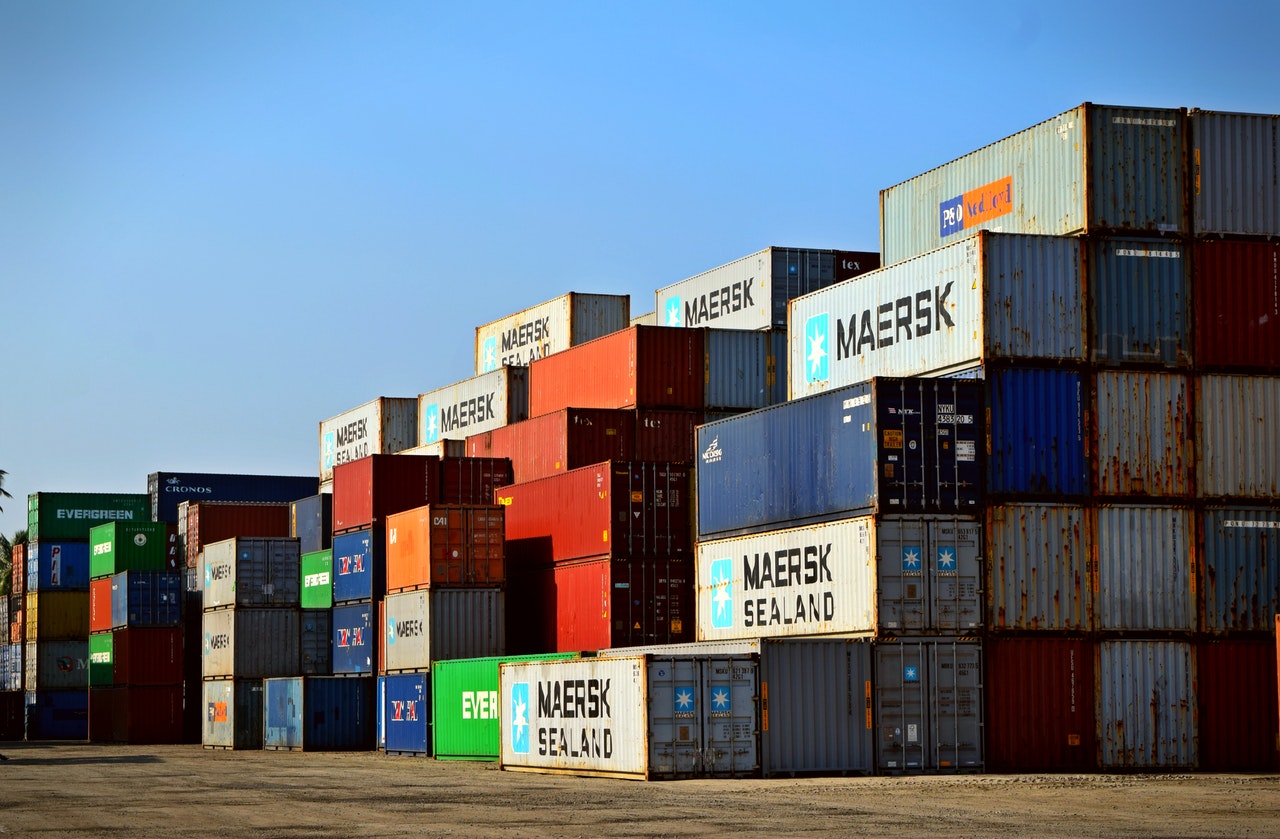Type 86 Customs Entries & The Case for Using Foreign Trade Zones


As of 9/28/19, U.S. Customs & Border Protection implemented a new method for importing into the U.S. called the “Type 86 Entry”. Also known as a “Section 321 Shipment”, this process permits the hassle-free importation of goods without the need for the importer to pay customs duties. Designed for low value, on-line purchases that are shipped directly from overseas locations, this entry type has been a boon for on-line merchants, as well as their customers.
Per CBP, a Type 86 Entry is allowed when, “There is one shipment, per person, per day, with an aggregate fair retail value of $800 or less in the country of shipment”. In other words, U.S. shoppers can go on-line, select/pay for their items, and receive shipment directly from an offshore facility without the need for a traditional entry. To be clear, the key to qualifying as a Type 86 Entry requires that goods be sold before they leave the country of shipment.
While Section 321 Shipments definitely facilitate trade, e-commerce companies can’t always fulfill low value orders from overseas. In fact, many U.S. firms import unsold merchandise in large quantities, execute a traditional “Consumption Entry” and pay any duties, Merchandise Process Fee and Harbor Maintenance fees owed. Once a shipment clears customs, merchants then ship e-commerce orders to their customers from a U.S. fulfillment center.
What’s especially relevant about the above model is that when a merchant ships an order from a U.S.-based fulfillment center, the value of the goods is often times below $800. However, because the goods were already imported under a consumption entry and duties were paid, there’s no chance for a Type 86 entry. As such, the merchant (and ultimately, the e-commerce shopper) incurs the additional expense of the duties, MPF and HMF.
In order to avoid the additional costs inherent to the above model, importers proposed to CBP that U.S. Foreign Trade Zones (FTZ) be used for Type 86 entries. Under this scenario, imported goods that have yet to be sold can enter an FTZ, and when a customer order valued at $800 or less is received, it is fulfilled from the Zone using a Type 86 Entry. Unfortunately, CBP denied this request under Ruling HQ H275567, and that’s when things started to get really interesting.
Based on the negative result of this ruling, e-commerce companies quickly realized that there was nothing stopping them from fulfilling customer orders from Canada or Mexico, using the same Type 86 Entry. In what was a very clever (and legal) maneuver, merchants started moving goods directly from overseas to bonded fulfillment houses in Mexico and/or Canada, or shipping newly arrived foreign origin goods in-bond from the U.S. to operations just over the border.
In what has clearly turned out be a case of the “Law of Unintended Consequences”, it’s counterintuitive to allow Type 86 entries to be carried out from sites in places like Ciudad Juarez or Toronto, while not permitting these entries to be done from FTZ’s in the U.S. This is especially ironic since Foreign Trade Zones were first established in 1934 during the height of the Great Depression in an effort to stimulate job creation.
So, by not allowing e-commerce merchants to enter bulk purchases into an FTZ and then fulfill individual customer orders under a Type 86 Entry, the U.S. is missing out on much needed job creation. Also, the total cost of fulfilling orders from a Mexican or Canadian operation can be costly, as well as cause U.S. merchants to have less control over their merchandise, thus making them susceptible to inventory shrinkage (the cost of which is paid for by the consumer).
Given the above, it is the position of this Blog Post that CBP should reconsider its original ruling and allow Section 321 shipments to be carried out from U.S. FTZ’s. Of course, in a holistic sense, it is very important that this change be made within the framework of critically important supply chain considerations that include anti-terror, illicit drug movement and counterfeiting. This will require both legislative, as well as process and systems changes, but it makes sense.
In the end, allowing FTZ’s to effect Type 86 Entries will create a series of Intentional Consequences, all of which benefit the U.S. First, there is the already-discussed matter of job creation. Also, while it sounds cheaper for merchants to fulfill orders from Mexico, it is likely that the total cost is actually higher. Add to that the fact that goods can be exported from a U.S. FTZ to overseas customers without ever paying duties, and the appeal is even greater.
Finally, let’s not forget that when goods are in a Foreign Trade Zone they are under the auspices of U.S. CBP. When considering factors like illegal drug shipments or the sale of counterfeit goods, it would be infinitely easier to prevent these illicit activities when goods are in U.S. facilities that are by definition, monitored by CBP.
While it is clear that U.S. CBP has done a great job with the Type 86 Entry, it’s time for a redux that allows for Section 321 Shipments to be conducted from U.S. Foreign Trade Zones. In what will surely be a textbook example of a “Positive Feedback Loop”, this change will create more jobs, tighten up supply chain processes, enhance security, reduce Total Cost of Ownership and ultimately, allow U.S. consumers to buy more stuff at affordable prices!!!




